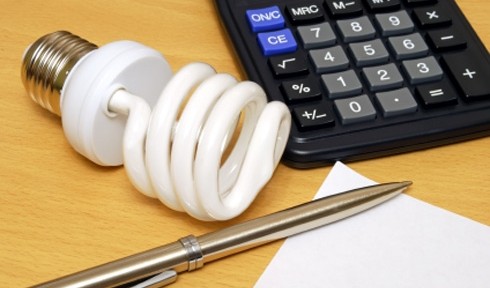A typical business operation could be saving up to 20 per cent of the energy it uses on a daily basis.
Most of this power can be reclaimed through easy to implement measures such as switching to energy efficient compact fluorescent light bulbs and adjusting the thermostat by two degrees.
But with your mind on progress reports and quarterly earnings, you may not think you have the time to start a new energy saving campaign in the office. In the time it will take to read this article, however, you can walk away with five tips on how to save your SME money and energy.
Plug all leaks. Whether it is a leaky tap or a draughty office, you could be watching your energy budget go down the drain and out the front door. Tighten sink fixtures when they start to leak, and make sure that your work place is well insulated to avoid losing heated or cooled air during extreme weather.
Additional measures such as weather-resistant window treatments and regular maintenance on your heating and cooling system are also good ideas for saving both energy and money.
Compare energy prices An often overlooked way to cut down on energy costs for your small to medium-sized business is to shop around for a new electricity provider. Especially with the ‘big six’ energy providers continually raising their prices, you may be able to find a clean energy provider who will give you service at a lower rate. Use some fuel comparison sites online to help you get started.
Become energy independent during peak hours. Most energy providers have peak hours, such as early morning and late afternoon, during which they raise the cost of electricity. If you find out when the peak hours are for your provider, you can beat the system by using as little energy as possible during that time, which can lower your bill.
Subsequently, plan all energy-dependent activities, such as making copies for the entire staff or preparing food in the office kitchen, for the middle of the day when the energy that you use will not be as expensive.
Turn off the printer. Speaking of making paper copies, you can make sure both the environment and your business run smoothly if you manage to go paperless in the office. Making paper copies of documents kills trees and requires energy.
However, if you can implement a digital-only system in the workplace, your staff can efficiently utilise email, instant messenger, and document writing software to communicate all of the work that they accomplish in a timelier, less cumbersome fashion. You’ll save money and time, both of which are valuable to the operation of your business.
Get stripped. Use power strips to connect all computer equipment to electrical outlets, and encourage your employees to switch them off at the end of the day, even after they have shut down their computers, printers, and other office equipment. Most office appliances use standby power loads to ensure that they can be turned on quickly. This may be mildly convenient, but it’s a significant waste of energy, and power strips can help you avoid it.


